I have recently been involved in another artistic collaboration, Welcome to Happy Redoubt, an installation in Somerset House, London, until 15 December. The artists, Juneau Projects, have imagined a world after a data meltdown, a post-apocalyptic marketplace where the robot remnants of a technological society convey partial and fragmentary information and ask you to do craft projects for them. In return, you can earn wooden ‘currency’ which you can swop for things in the marketplace. I was involved in a stall called the Rumour Mill, which invites you to elaborate on the originary myth of the Crash, its origins, and the possible future. Every week, Juneau Projects will read out the additions and alterations to the story in the Happy Redoubt Headlines, and the full version will be unveiled at the Finale Event on 15 December.
This is the sketch for the origin myth that will be elaborated and changed by visitors to the installation:
Before the Crash, the whole world was a web, controlled by the Cloud. Everything anyone had ever known was contained in the web, and all you had to do to find out anything you wanted was to plug yourself into one of its screens. You can still see these screens, now blank and useless, banked up in huge disintegrating piles. You could talk to anyone you wanted, anywhere in the web. People were never alone. No-one had ever seen the spider at the heart of the web, but it was there, growing bigger and bigger with each update people made. But people became curious about the spider and they wanted to reach the Cloud. They built tall masts in attempts to pierce the Cloud and bring it down to earth. You can still see them dotted around the city. Perhaps it was these attempts to reach the Cloud that brought about the Crash. But what was brought down to earth wasn’t the Cloud, but the tangle of cables that we see everywhere. This is all that is left of the web. The Cloud itself broke into millions of fragments, and these clouds are still visible in the sky, too far away to reach. But the Cloud left its guardians behind on earth: the robots, who are there to warn us if we ever get too close to destroying the Cloud again. They look after us. They police us.
But others say that it wasn’t human hubris that caused the Crash. It wasn’t our fault. A sudden flood of data overwhelmed all the electronic systems. They couldn’t cope. Or a sudden sun flare short-circuited all electronic equipment, and it’s never worked again. In any case, there is somewhere a data-ark that has survived: maybe in America, maybe in China. It will find us eventually and pull us back into the communication age. The robots will tell us when it’s getting closer.
Others say that the web never collapsed, and the Cloud never disintegrated: but rather, after an electro-magnetic surge, that we were all uploaded into the Cloud, and now exist as bits of data. All physical experience is merely data-activity in the Cloud. The robots are not robots but remnants of physical bodies that have congealed together. That’s why you can’t touch them.

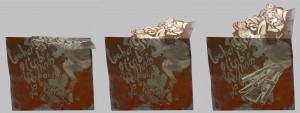
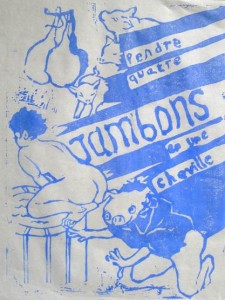

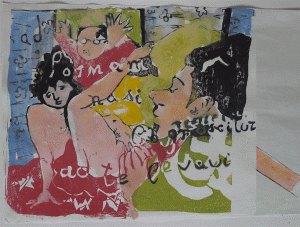

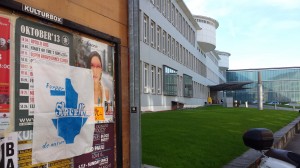
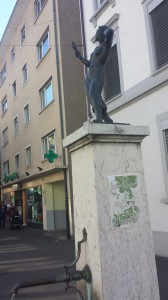
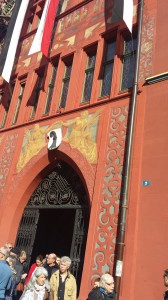

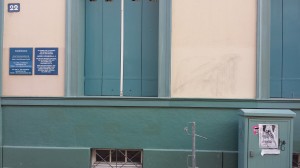



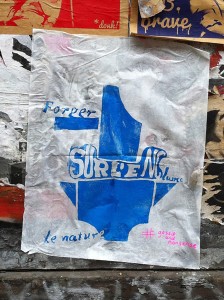
 ):
):